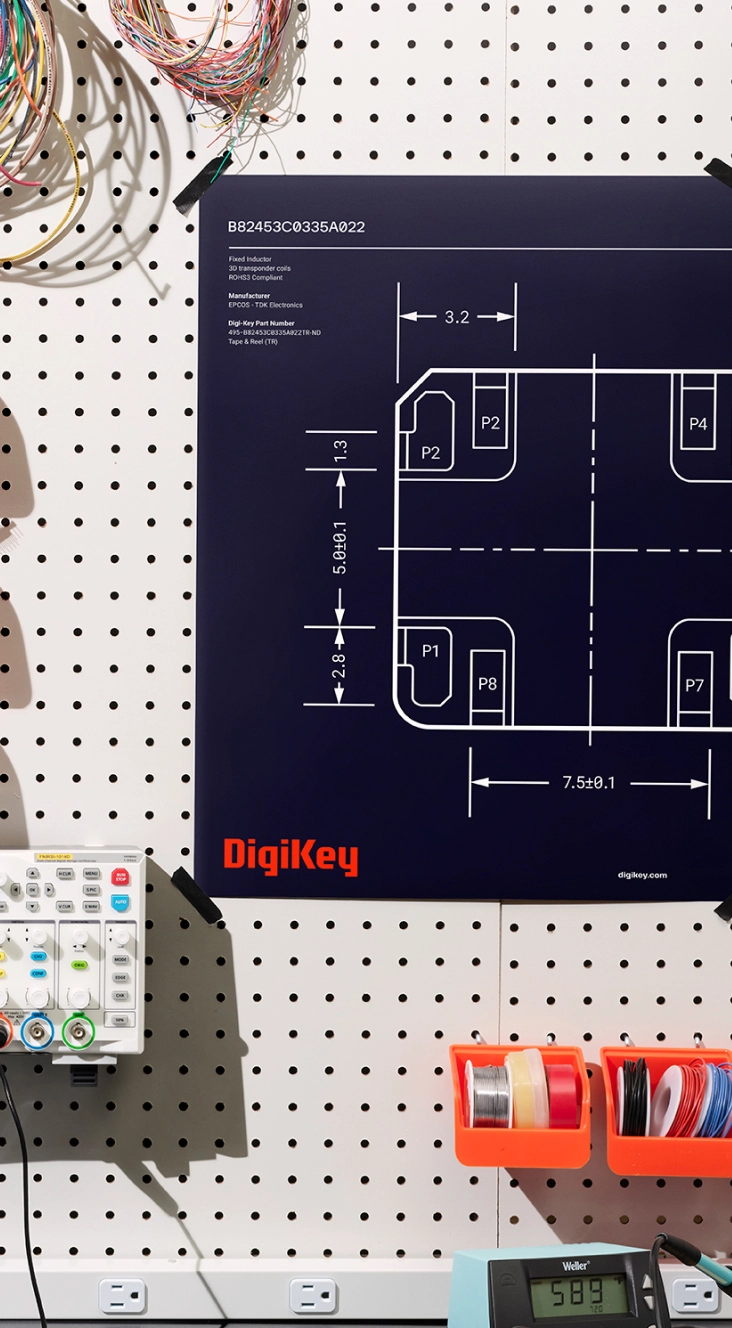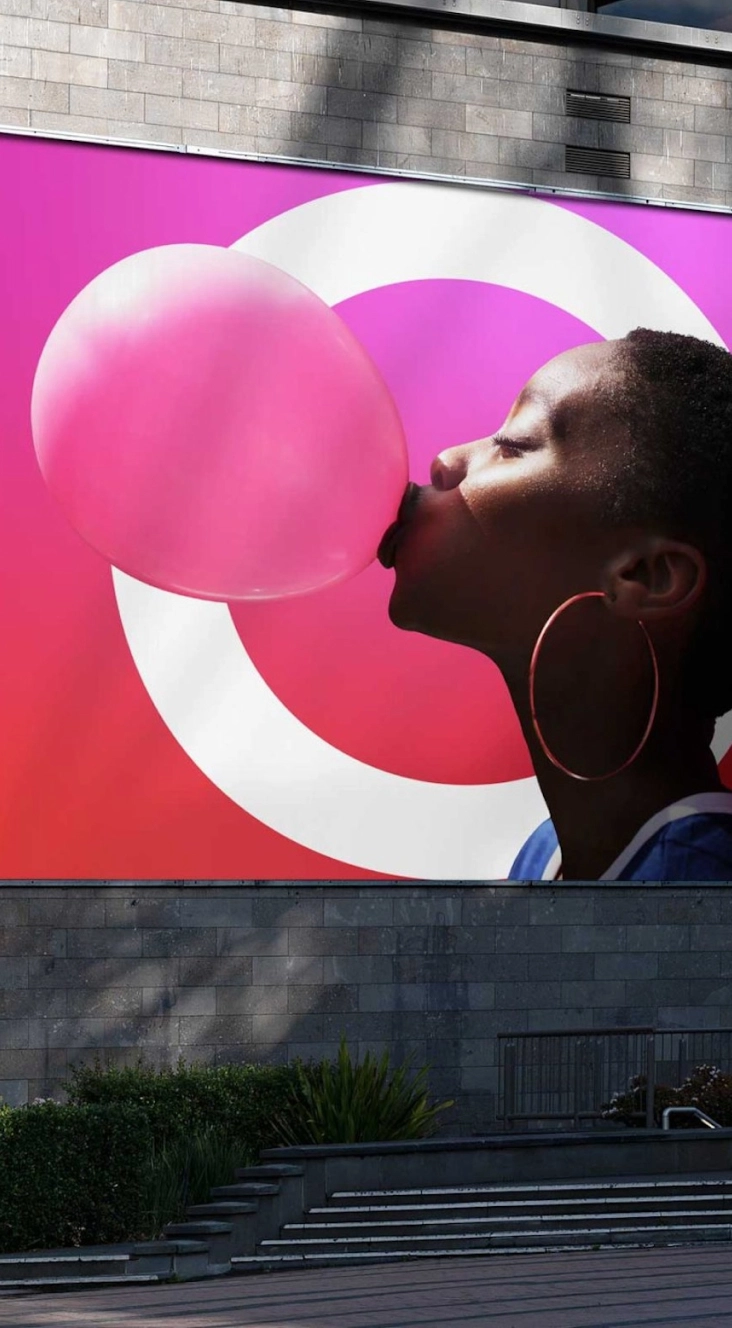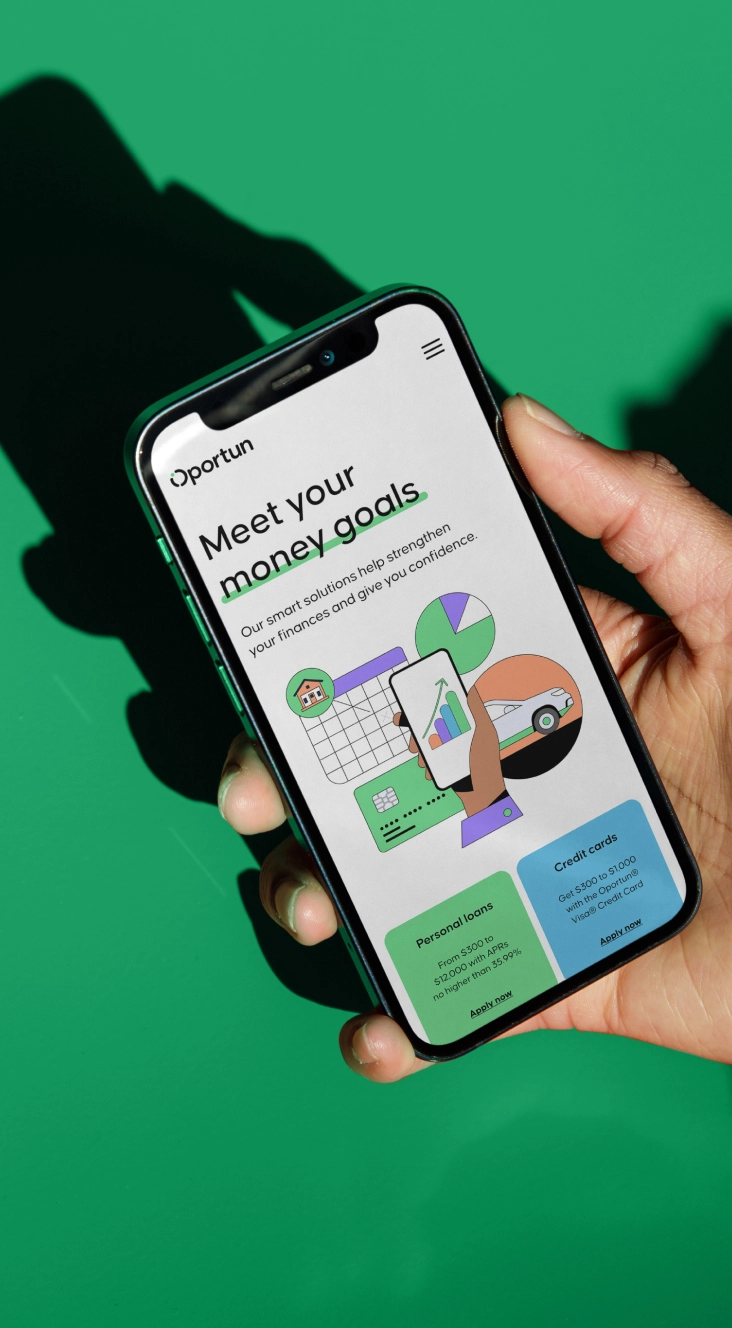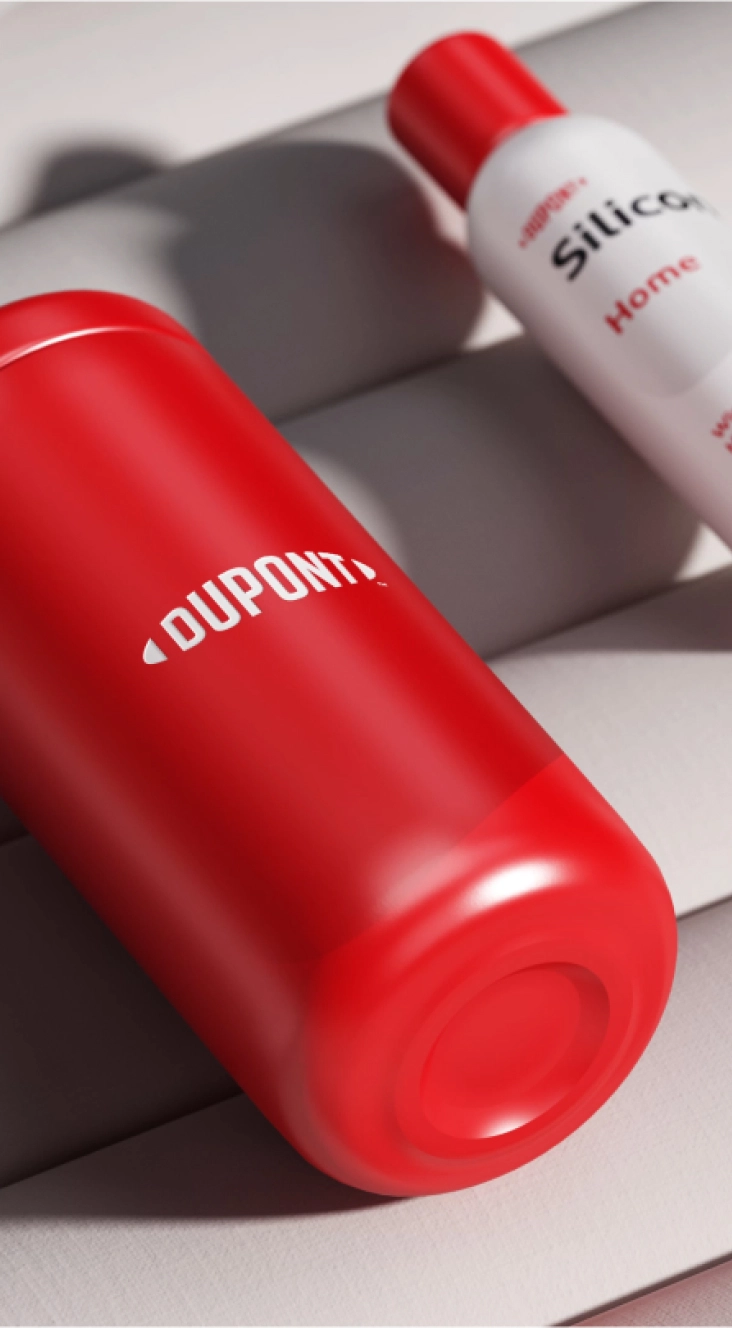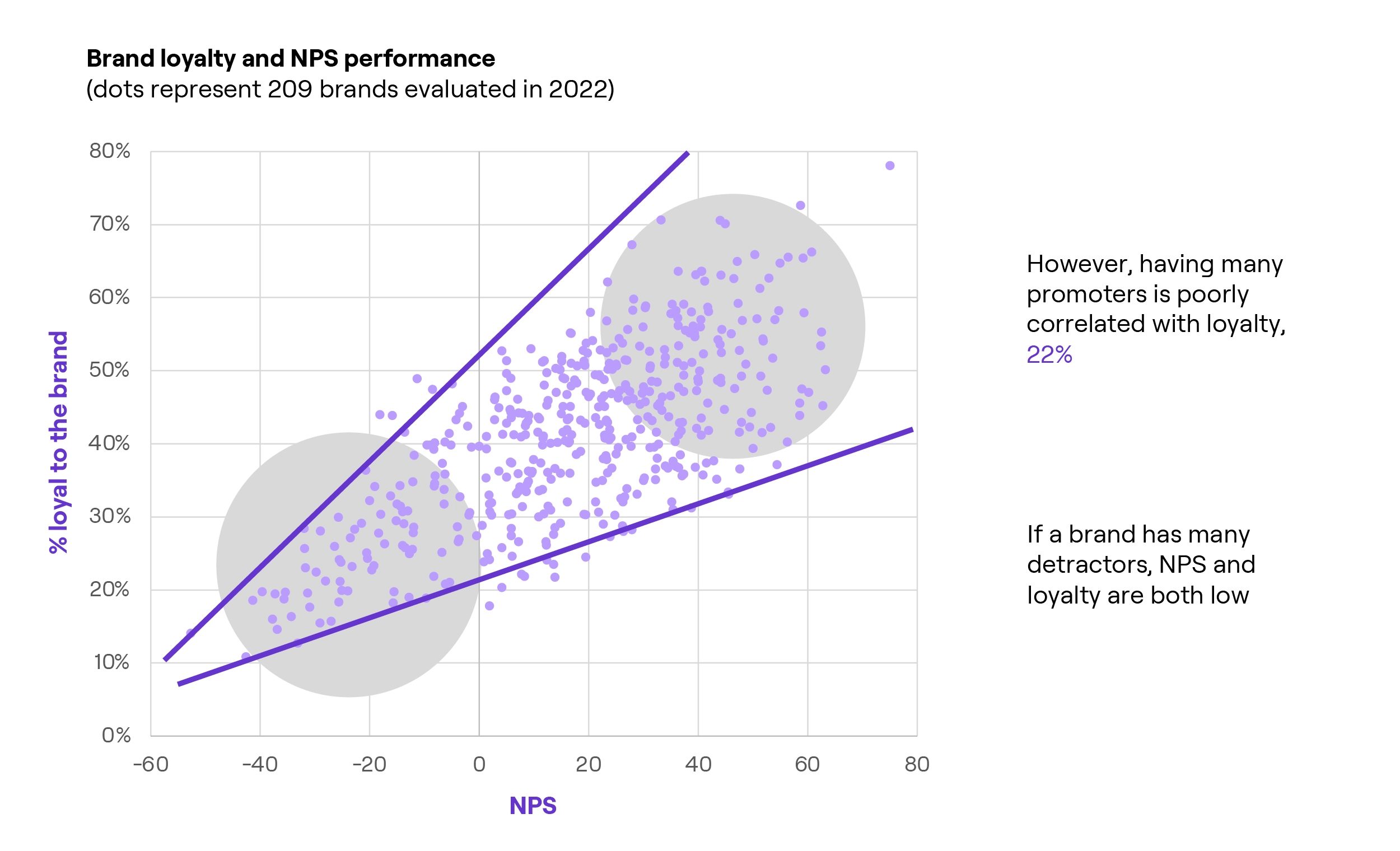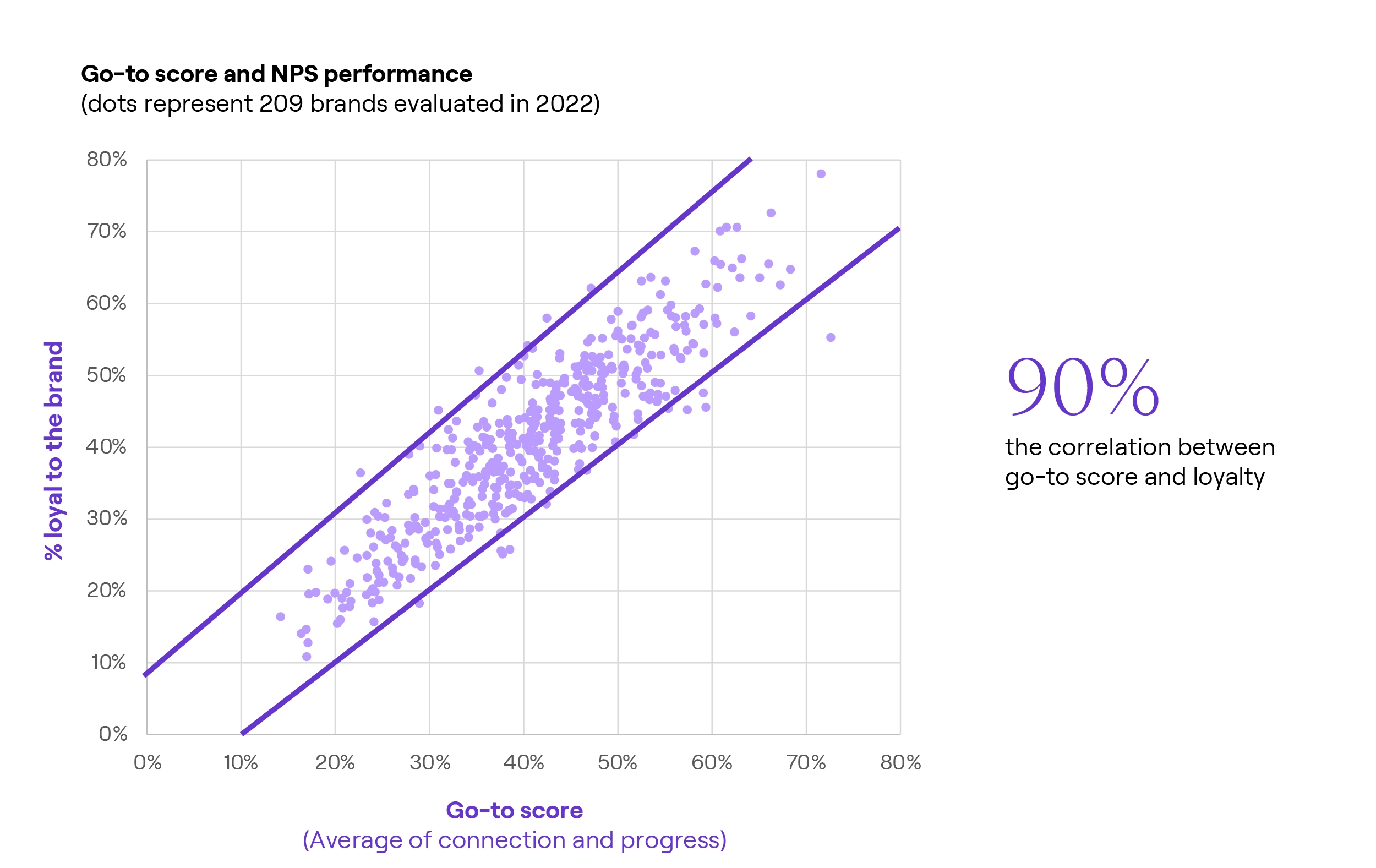April 23, 2024
Looking beyond NPS: Three steps to build customer loyalty
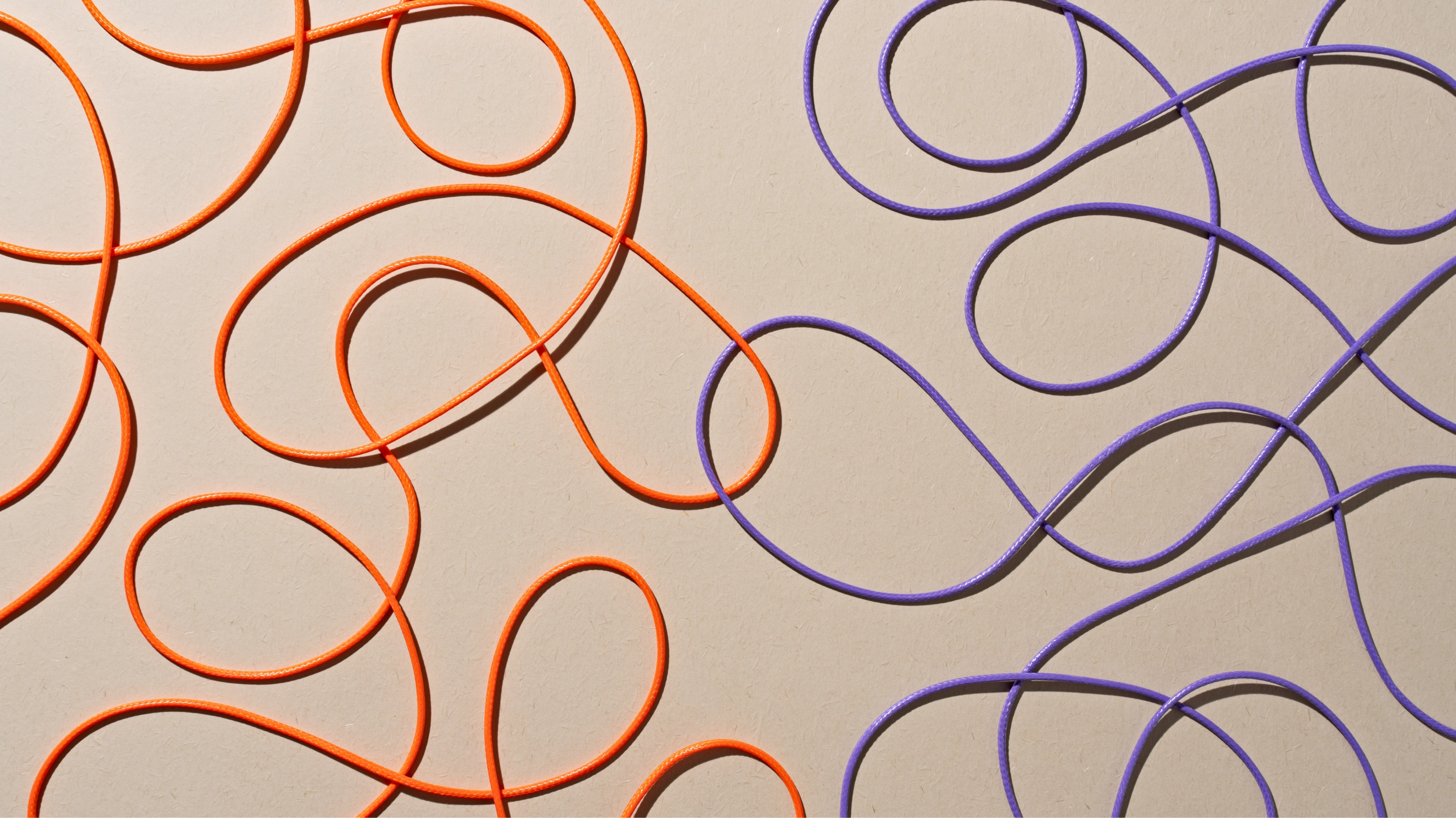
While the NPS remains the standard for measuring customer loyalty, it can be misleading.
Two decades ago Harvard Business Review unveiled the Net Promoter Score (NPS) as a way for companies to measure and drive customer advocacy for their products. A single question asks people how likely they would be to recommend a company. The insight and simplicity of this question has helped countless businesses attract, retain and better focus on their customers over the years. The NPS remains the standard for measuring customer loyalty; it’s estimated that two-thirds of Fortune 500 companies use some version of it today.
But as a single measure, NPS offers only a partial view of a complex customer interaction.
My firm, Lippincott, surveys more than 30,000 consumers each year across 450 brands. To measure loyalty, we ask customers directly. We have found that brands with low NPS also have low customer loyalty. But the inverse isn’t necessarily true: Just because a company can generate lots of recommendations doesn’t itself make customers loyal. That correlation was only 22% in the most recent survey — and that’s where NPS is misleading.
“Just because a company can generate lots of recommendations doesn’t itself make customers loyal.”
From our latest annual snapshot, two dimensions of loyalty have emerged. Connection measures the strength of the customer’s emotional bond with a brand, while progress measures how the brand helps customers do something they couldn’t do before. Companies that score well on both measures are what we call “go-to brands,” which we found have a 5x advantage in annual revenue growth relative to companies with lower scores. The composite of these two measures creates a “go-to” metric that is a strong predictor of loyalty, with a 90% correlation.
Not only does this provide a stronger method of measuring and managing loyalty than NPS alone, but it also quantifies the financial benefit that loyalty brings.
Case in point:
A grocer found that its go-to score was low. We worked with it to introduce a new private label program that delivered crave-able items not available elsewhere. At the program’s heart was an innovation pipeline that identified new on-trend items. These destination products helped improve the grocer’s go-to score by 10 percentage points within two years of launch. We also found that average basket value increased $11 as loyal shoppers spent more with their favorite grocer.
Consistently good performance is a prerequisite, so companies should keep measuring NPS. But they shouldn’t stop there, because the addition of connection and progress enables a truer picture of customer loyalty.
With that insight, here are three steps to more loyal customers:
01 | Nail the brilliant basics
This is the core of what customer experience teams do today: developing processes that are easy to use, consistent to apply and with low error rates. If an experience is frustrating, customers will churn before there is the opportunity to build loyalty. NPS is an effective input to delivering brilliant basics.
We were asked to help a digital retailer with its checkout process. Annually, over 500,000 buyers were failing to complete purchases once within the checkout flow. These buyers had taken time to find and place items into their basket — they were invested in their purchase — yet over $25 million of potential revenue wasn’t being realized.
Using behavior data, we identified the steps with the greatest failure rate. One such step was when a credit card had been declined. A quick remedy was to minimize the number of clicks a customer takes to resolve and ensure that the messaging and navigation are clear.
That is a functional solution, but we also wanted to address the likely emotional reaction: Annoyance, anxiety, potential embarrassment if the purchase is being made with others nearby. We had an opportunity to acknowledge and defuse a heightened emotional moment that was leading many to throw up their hands and not take the simple steps to resolve.
That’s the role that design thinking brings to experience enhancement. Through A/B testing we demonstrated that the combination of functional plus emotional consideration improved the dropout rate more than either action alone.
02 | Find the best use of “handcuffs” in the experience
These are desirable benefits that help retain customers. They include friendly bribes, like hotel points programs; healthy obsession through behavioral psychology, like Peloton’s weekly-streak badges; and scarcity through limited-time offers that create a fear of missing out. The nature of a handcuff is that we’re “buying” loyalty. These experiences are a healthy part of the offer — but when the benefit stops this faux loyalty evaporates.
Connection and progress scores provide inspiration for where in the experience a handcuff can have the greatest value relative to the cost of delivery. For refrigerators, freezers and the like, many consumers still want to investigate products in person before purchase. Therefore, for manufacturers it’s important that their models are as widely distributed as possible. Meanwhile, retailers have a variety of store sizes from large to small. Naturally, in the smaller stores only the highest selling models get displayed. The challenge a manufacturing client gave us was how they could increase the penetration of their products with their retail clients.
We were able to demonstrate an effect that we called a “distribution boost” where higher-volume products gain access to more stores, leading to more sales and even greater distribution. By identifying the initial tipping point and creating a handcuff for that moment we would capture a much greater share of sales.
There were two elements to the handcuff. The first was a volume-based pricing strategy that encouraged the retailer to provide sufficient initial distribution to trigger the boost. The second was recognizing the category buyer’s primary concern of driving category growth, not just switching sales between manufacturer brands. Together, they led to more products listed in more locations, which in turn led to more sales that more than offset the investment in the strategy.
03 | Create loyalty through “magnets”
This is the true source of loyalty: creating connection and enabling progress. These are moments of surprise, delight and reinforcement that create meaning in the relationship between customer and brand. They act as the fuel that drive loyalty. Connection comes from understanding and better serving an individual’s values and needs while demonstrating a genuine care beyond the transaction.
Chewy is an example of a high connection brand where the emotional bond is anchored in its legendary customer service; after all, the products it sells are available at nearly every competitor.. Progress is enabled by performance that’s a step ahead of the competition and how that performance helps customers in their relationships with others. It’s a mix of functional and social progress. Southwest Airlines enables bags to fly free and helps customers fly to see loved ones without change fees that removes a substantial risk for lower income individuals.
“Connection comes from understanding and better serving an individual’s values and needs while demonstrating a genuine care beyond the transaction. ”
For many years, cruise ships had been getting larger. The increase in size allowed for more spectacular experiences onboard but also created problems in the experience. Larger ships mean more challenging navigation between decks. It also makes scheduling activities and meals more of an exercise due to crowding at peak times.
We were hired by a cruise line to help develop a proposition around new wearable technology that would enable a more personal and simpler experience. Now guests are greeted by name, there is no need to carry a wallet, children gain controlled independence, the cabin door opens automatically and technology around the ship adapts to customers’ individual itineraries, such as securing that last available table for a spontaneous meal.
It’s as if guests have their own concierge that is removing all the inherent frictions of the usual cruise experience. Guests’ first experience was a “wow” moment, something reinforced over the course of the voyage as benefits individually and collectively were revealed. While others will eventually match the technical specifications, it’s that first wow that provides an enduring and elevated benefit.
Nurturing customer loyalty can produce greater wallet share and lower churn, leading to higher revenue growth.
But it takes both creativity and rigor to achieve lasting loyalty, balancing error reduction with imagination and vision. This can only be done if organizations are measuring and managing to the right metrics beyond the NPS alone. The rewards are there—for the companies willing to find them.
NPS remains a powerful tool for helping companies transform their customer experience from bad to good. But companies that bolster NPS in these specific ways can go from good to great.


